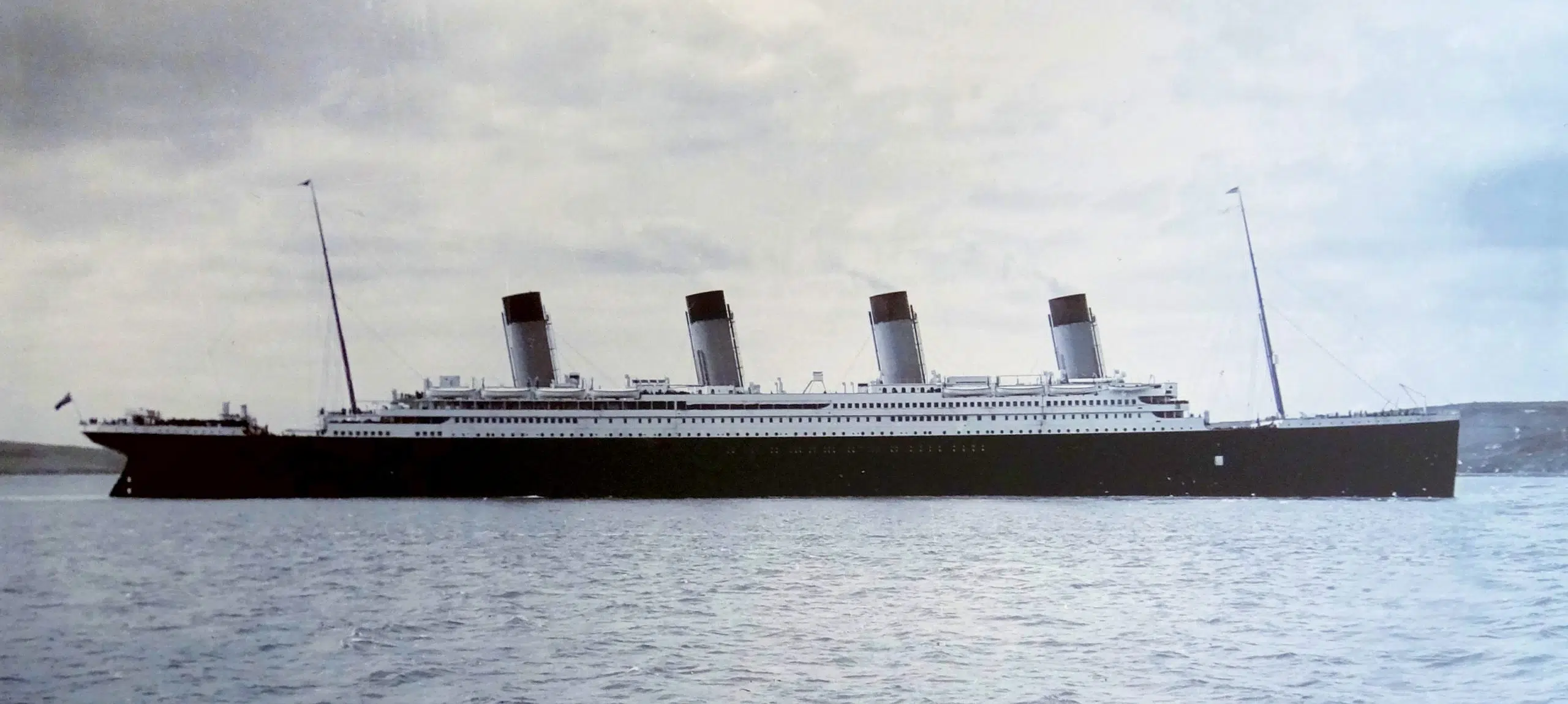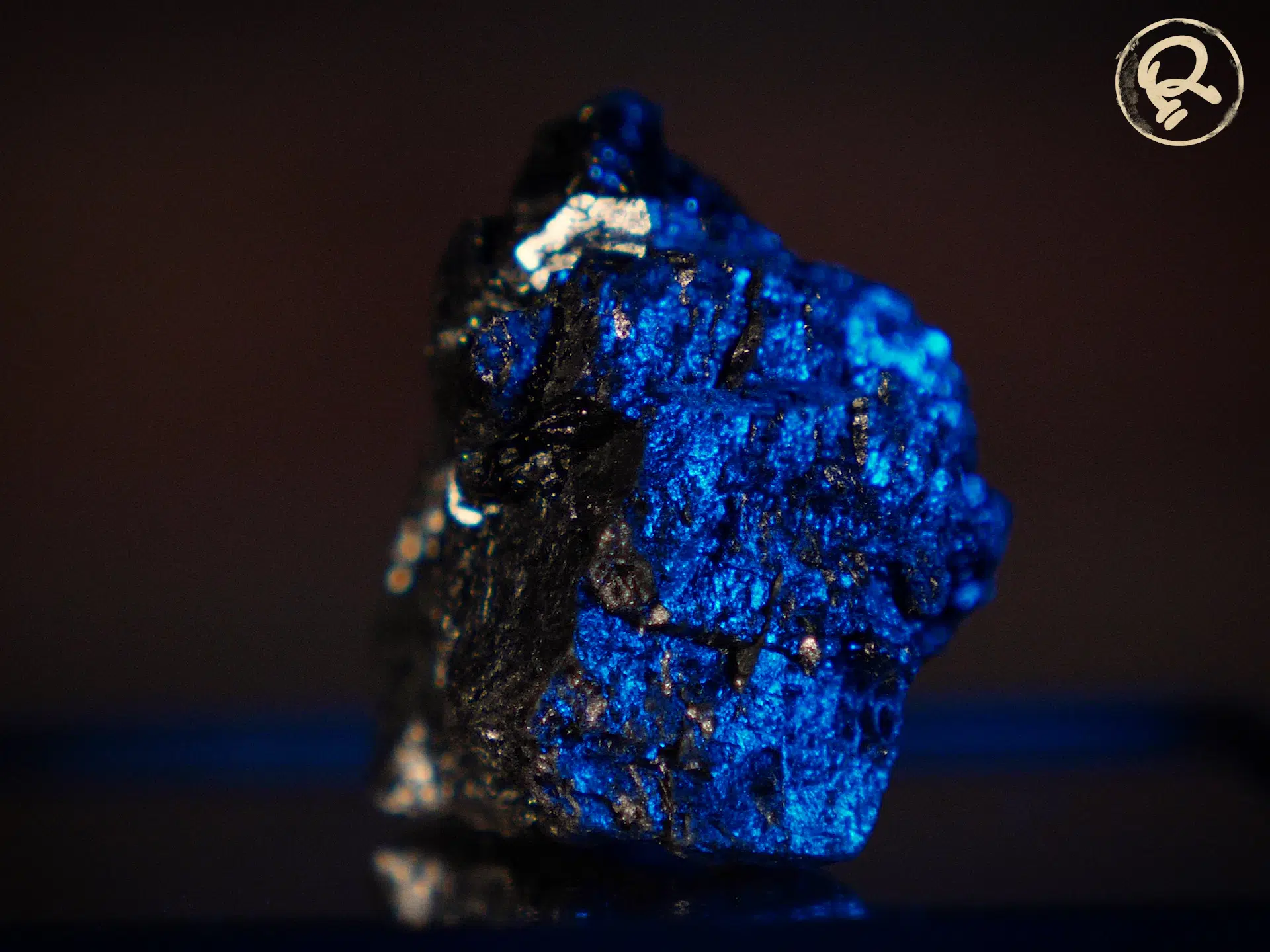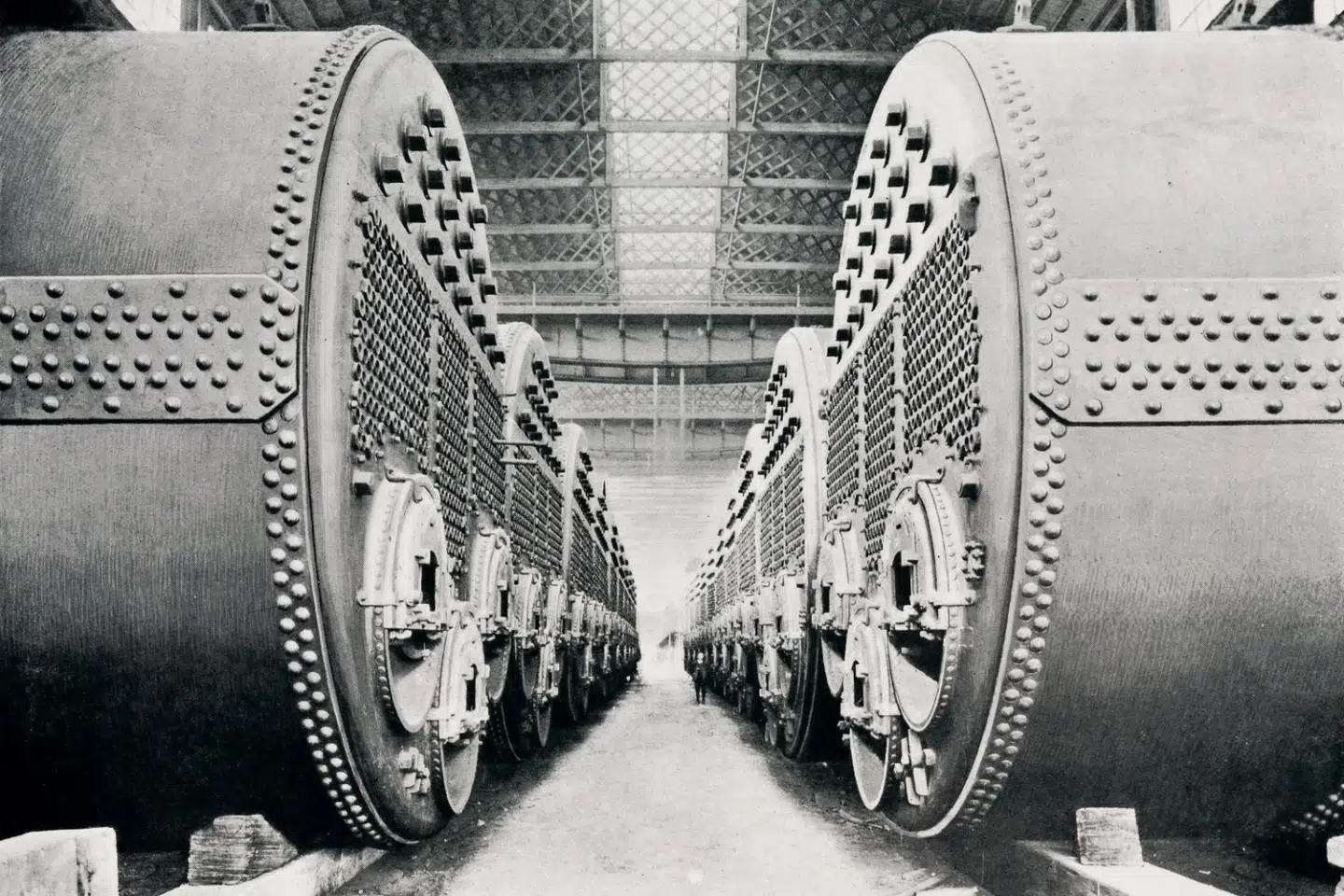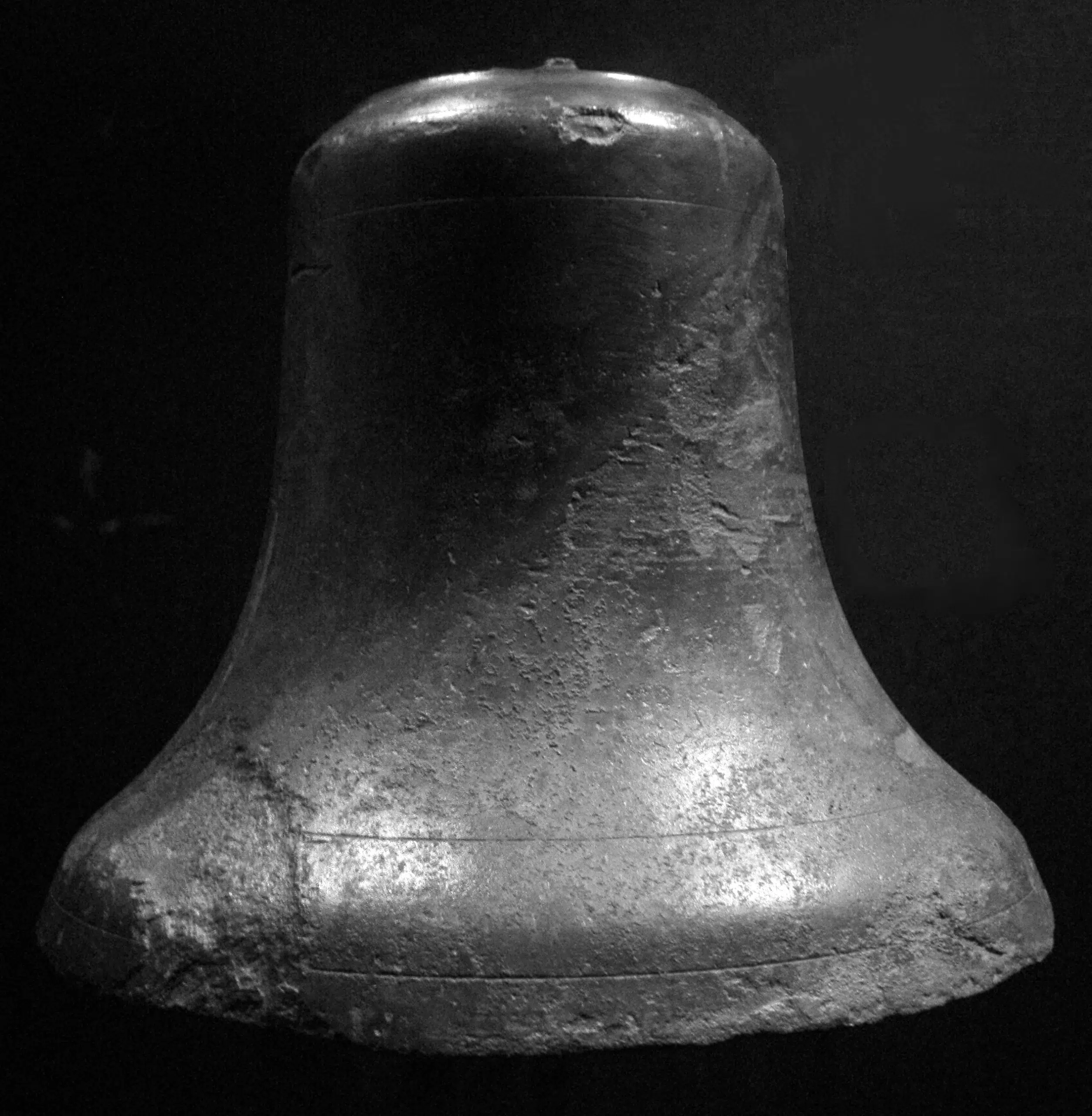
Coal Recovered From the Sunken Titanic
Featured in Ripley's Believe It or Not!
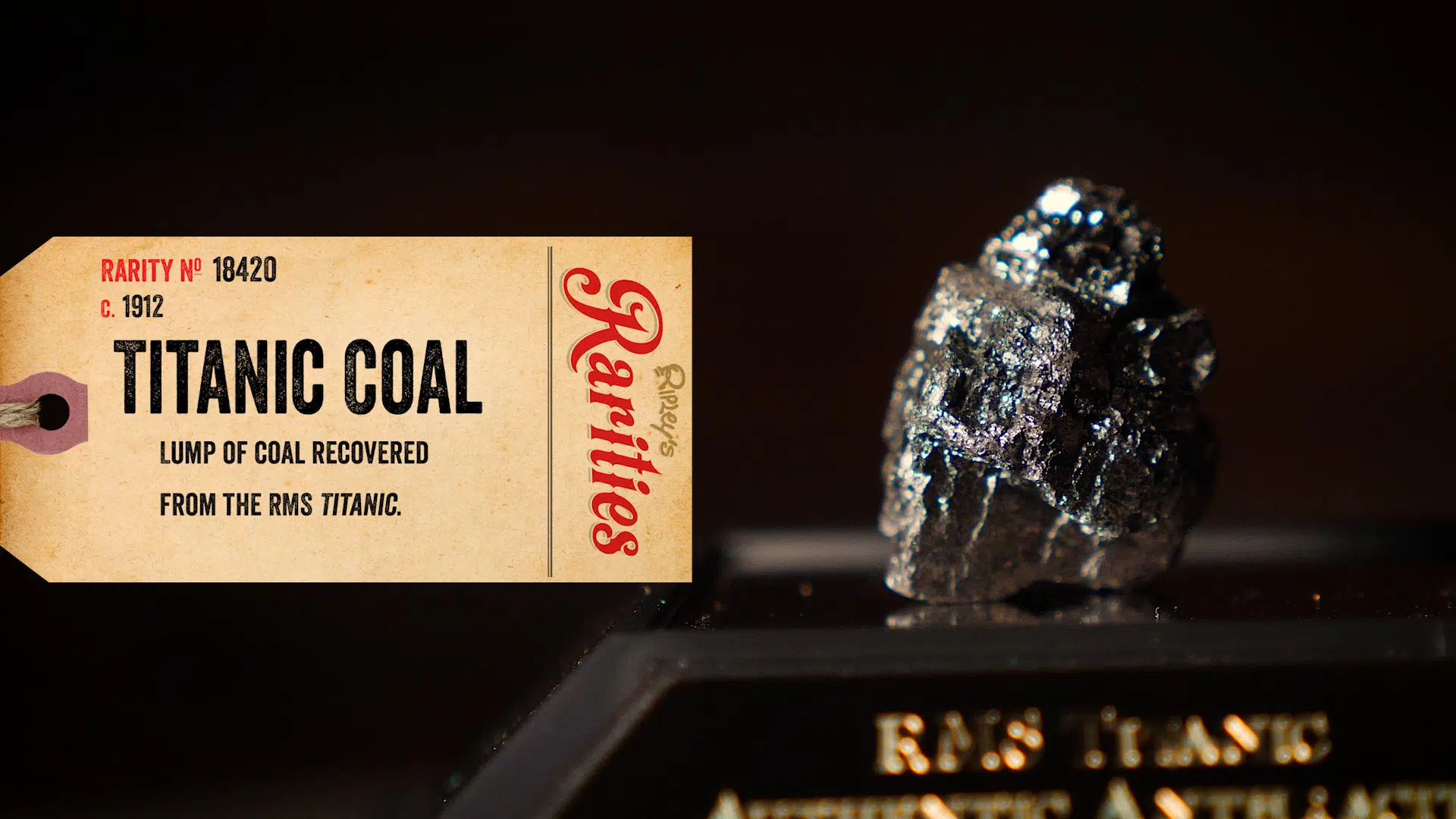
When the RMS Titanic struck an iceberg in the North Atlantic in 1912, it took just two and a half hours for the largest ocean vessel in the world to sink, taking the lives of nearly 1,500 people with it. Though 710 passengers and crew survived, they made it away with just their lives. The ship itself would become a mass grave and time capsule lost until it was rediscovered 73 years later.
